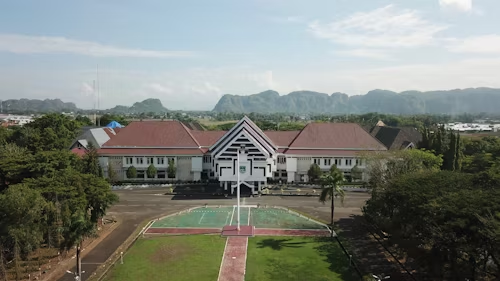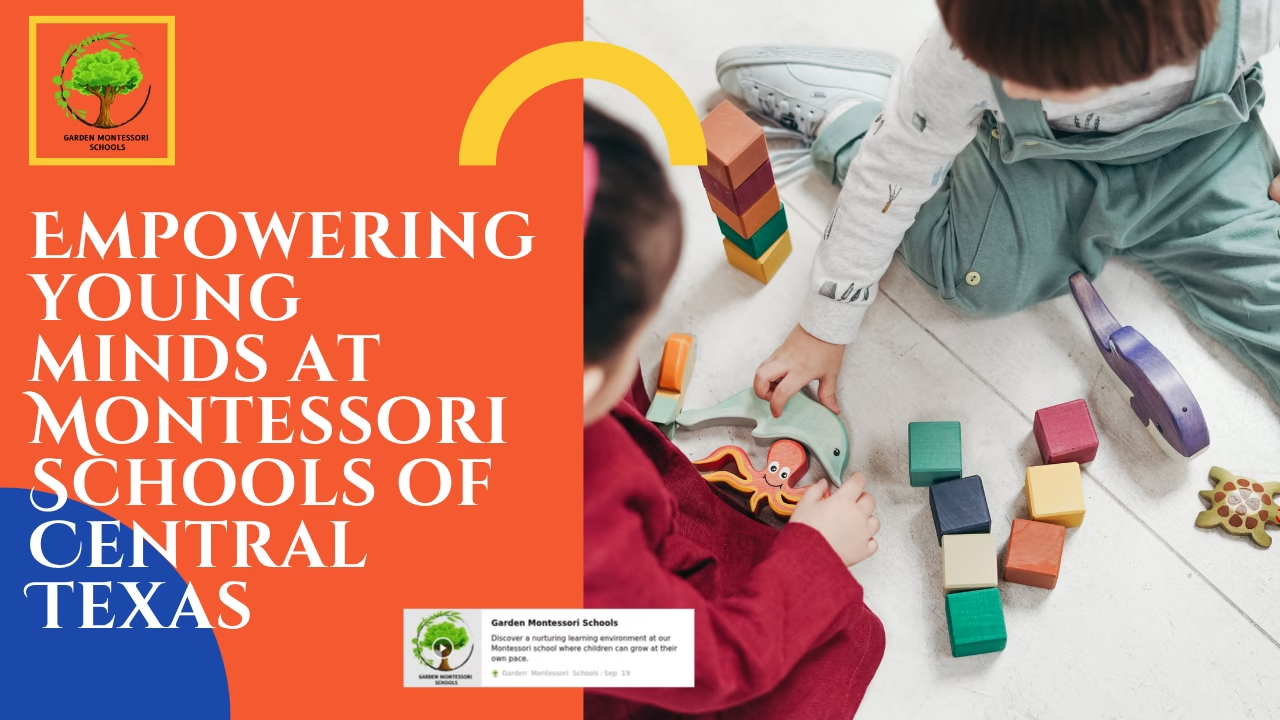Contrary to other conventional models, the Reggio Emilia Approach believes that the child is strong, capable, and has potential. In the current article we will explore what is unique about this approach and why it has remained so inspiring to educators around the world.
What Is the Reggio Emilia Approach?
Reggio Emilia Approach is an educational philosophy created by Loris Malaguzzi and parents in post World War II Italy. In its fundamental sense, the strategy considers children as agents of their own learning and able to use a hundred languages to express themselves, such as art, movement, play, and dialogue.
The classroom is regarded as the third teacher, which is supposed to attract curiosity and exploration by the use of natural lighting, open areas, and materials that allow people to explore. Teachers act as co-learners and observers and they record the progress of children and guide them in learning without teaching them.
This approach is focused on project-based learning, in which questions of children initiate long-term investigations. Reggio Emilia Approach helps in emotional, social, and cognitive development as it respects ideas of children and allows them to delve into them. It is an effective, dignified method of teaching children during early years and beyond.
How the Reggio Emilia Approach Empowers Young Learners?
The Reggio Emilia Approach is all about empowerment. Children are not mere recipients of information but they are assured co-constructors of their knowledge. The approach allows children to have freedom of their choice of what and how to learn leading to intrinsic motivation.
Rather than the fixed lesson plans, the teachers will note the interests of the children and assist them in meaningful projects. Children may study the nature, make collaborative art, or photocopy and tell their findings. Children acquire critical thinking, communication and problem solving skills by working with real life issues and materials. The classroom is specifically created to promote independence, such as low shelves to get materials, as well as comfortable places to gather.
The parents also play supportive roles in learning by providing ideas and information. Reggio Emilia Approach does not only promote academic growth but the sense of self and belongingness as well. The given method will allow young students to become inquisitive, imaginative, and self-confident.
Why the Reggio Emilia Approach Values the Environment?
The Reggio Emilia Approach refers to the learning environment as the third teacher with parents and educators. It is not simply a background, but it is a part of creating experiences. Classrooms are well designed to encourage exploration, beauty and order. The space is full of learning as there are natural materials, displays created by children and documentation of current projects.
Light, mirrors, open shelves, and movable seats also promote the freedom of a child to play around and use the materials. Outside spaces are also essential, which promote bodily activity, nature bonding, and teamwork. This environmental awareness leads to independence, novelty seeking and appreciation of the environment.
Children are taught to take care of the areas they are in and the materials they have. Reggio Emilia Approach educates that when children are respected by the surrounding environment, they respect it, and consequently learn more due to that fact.
How Educators and Parents Collaborate in the Reggio Emilia Approach
One of the main characteristics of the Reggio Emilia Approach is that it puts much emphasis on collaboration between the educator and the parent. Parents are not mere spectators in the education of a child but they are seen as vital partners in the education of a child. Frequent interaction, common record keeping and parents participation in classroom activities form a cohesive support network to the child.
Teachers usually involve family nights, displays of school work by children and family planning meetings with the participation of the family. Children activities are also recorded by teachers in form of photographs, notes and portfolios, which are communicated to the parents to ensure that they are involved and informed. This openness creates trust and harmony of school and home.
The strategy appreciates the culture of every child and his or her experience, which is facilitated by the family involvement. When parents, teachers and children work together learning experience is more personal, significant and empowering in Reggio Emilia Approach. The result of this triangle of trust is more considerate and strong learners.
Frequently Asked Questions (FAQs)
At what age is the Reggio Emilia Approach most effective?
It is mainly used in early childhood age, usually between infancy and age 6, although the principles are applicable in primary school.
Is the Reggio Emilia Approach a curriculum?
No, it is not a preset curriculum rather an educational philosophy. The interests of the children will determine the learning process and not a previously determined content.
How does Reggio Emilia differ from Montessori?
Both are child centered, but the Reggio Emilia focuses on project based exploration and social collaboration, and the Montessori focuses on structured activities and materials.
Can this approach be used at home?
Yes. Its principles can be used by parents who will encourage creativity, provide open-ended materials and follow the interests of their child in order to direct learning.
Conclusion
Reggio Emilia Approach changes the way early learning and education is done by respecting the voices of children, their creativity, and the natural urge to explore. This philosophy brings thoughtful, curious, and empowered learners on board with powerful collaboration, inspiring environments, and meaningful projects.



